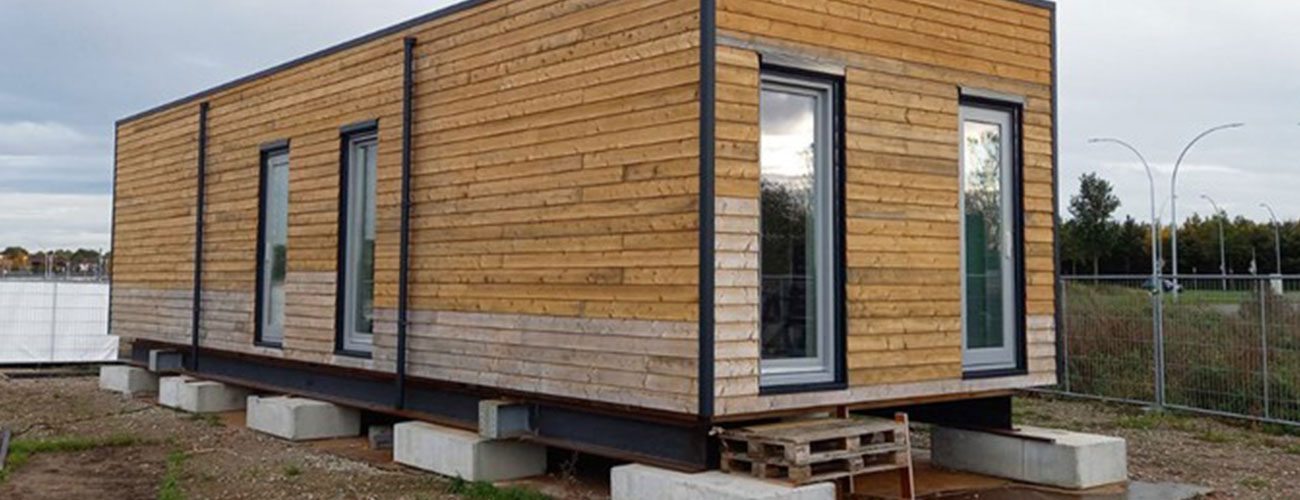What’s the Good Practice about?
With this innovation workshop, we create a place where companies, residents, students, travelers, and researchers enjoy coming together and working on innovations that will make life in this new neighborhood healthier, more sustainable, and more fun. These new concepts are not merely reports, we always strive to create physical prototypes so we can let end users experience the future and provide feedback.
The subprojects of the Innovation workshop deal with three main themes which were identified in the beginning of the practice as most relevant among (future) residents and stakeholders. The themes were cross-referenced with the knowledge and innovation agenda of our Centre of Expertise and the political agenda of the municipality. For now, these topics are: 1. Comfortable survival, a house without a safety net, 2. The city as a closed ecosystem, working on closed circles, 3. The creative neighborhood living room, building a community. Using these main topics, a steady stream of manageable subprojects and follow-up paths are generated.
Why implementing the Good Practice? What are the special features of the Good Practice?
Innovation workshops are places where students, teachers, researchers, and companies come together. In doing so, the Innovation workshop formulates questions together with the business community and other institutions regarding the realization of sustainable, smart, and healthy city. In a series of challenges, big and small, the involved stakeholders and students will work together on these questions in co-creation. We have assigned a student community development for all residents of the neighborhood and building a community. It actively approaches the target groups and organizes walk-in consulting hours, Human library events, games nights and such.
The practice supports the participating students to develop collaboration and innovation skills (such as analytical, critical and systems thinking), it encourages them to find creative and original solutions to complex problems and gives them the opportunity to strengthen their leadership and collaboration skills.
What are the challenges in implementing the Good Practice? What’s the key to success?
There are a few challenges and risks to consider: first, this type of education requires greater personnel involvement. Combined with the exploitation costs of an additional lab building, the business case is difficult. Another challenge is to guarantee a constant flow of students, since challenge-based education does not yet fit into the regular curriculum, so there might not always be enough participants. Also, students cannot be required to produce qualitative results – after all, they are still learning. When working on real problems with companies, this is contradictory and can sometimes lead to disappointment. In addition, the pace at which successive student teams can contribute to an issue is slower than the market demands.
The key to success is connecting to hyper-local issues and cultures and allowing them to shape the program, while ensuring our own knowledge and innovation agenda remains the guiding principle. The practice will be successful if you manage to build trusted relationships with regional organizations desiring long-term collaboration on innovative and sustainable solutions.

